By . Last updated Aug 2, 2013.
High definition television is innovating so fast today that it's getting quite hard to catch up with, and the whooping 1080p is no longer the highest res in the market. The picture quality of an HDTV depends on several factors including the resolution of the TV as well as the content being displayed and the majority of television content right now is either 1080i or 720p although there is some 1080p stuff too. Since most HDTVs are full HD, there's no doubt that your HDTV can upconvert all that into 1080p but remember that this only content that is scaled up to look better than its original form. It can not compare to the picture clarity of actual 1080p content.
This article is dedicated mainly to customers whose primary concern is the picture quality of their television, so we'll deal with just LED and plasma TVs since LCD sets don't really enter the competition. LED TVs use Light Emitting Diodes as their backlight and are the best TVs for bright rooms. To try and match their plasma TV competitors in terms of picture contrast, LED manufacturers began to use a feature called Local Dimming in their televisions. This mechanism gives your TV control over separate groups of LEDs rather than the LED panel as a whole. so they can be dimmed or even turned off to bring in a richer contrast. This is definitely a must have feature if your want good display. Furthermore, depending on how these LEDs are placed on the panel, LED TVs are of two types: Direct-lit and Edge-lit. Direct-lit LED TVs have the diodes placed directly behind the screen while their Edge-lit counterparts have the LEDs placed all around the frame of the TV. Direct-lit televisions score over edge-lit ones due to their ability to handle local dimming much better and consequently offering a more accurate picture. The one downside to an LED TV is that really fast action scenes like in sports sometimes come out blurred because of a comparatively lower refresh rate. However, LED manufacturers are promising that the newer models boasting a refresh rate of 240Hz have managed to eliminate this issue.
Plasma TV's need no backlighting and are lit by the plasma that acts as a light source. Plasma TVs are best for dark rooms and produce high contrast ratios consequently giving splendid images. Plasma TVs have a formidable 600Hz refresh rate making them brilliant for any sports you like. On the downside, plasma TVs often tend to bounce of a lot of ambient light if placed in bright rooms and incidentally, they also have a pretty high power consumption.
The best picture quality really depends on the reliability of the brand and type of technology that suits your home. Panasonic and Sony are known to pay great attention to image and sound quality above all else.
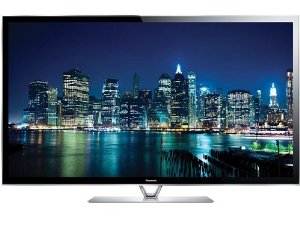
#1 |
#2 |
#3 |
#4 |
#5 |
|
|---|---|---|---|---|---|
|
|
|
|
|
|
|

|
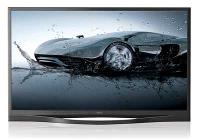
|
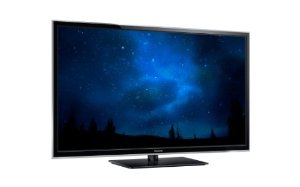
|
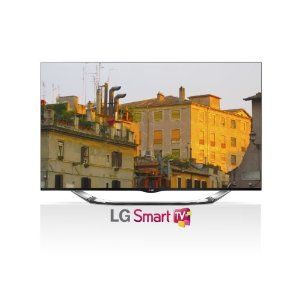
|
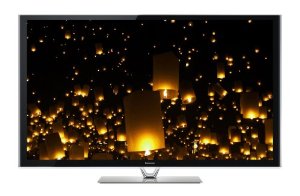
|
|
|
|
|
|
|
|
|
|
|
|
|
|
|
|
| Release Date |
|
|
|
|
|
| Digital TV Standard |
|
|
|
|
|
| Contrast Ratio |
|
|
|
||
| Flat Panel Type |
|
|
|
|
|
| Screen Size |
|
|
|
|
|
| Aspect Ratio |
|
|
|
|
|
| DLNA Certified |
|
|
|
|
|
| 3D-ready |
|
|
|
|
|
|
|
|
|
|
© 2025 ReviewGist.com. All Rights Reserved.
Best Picture HDTV